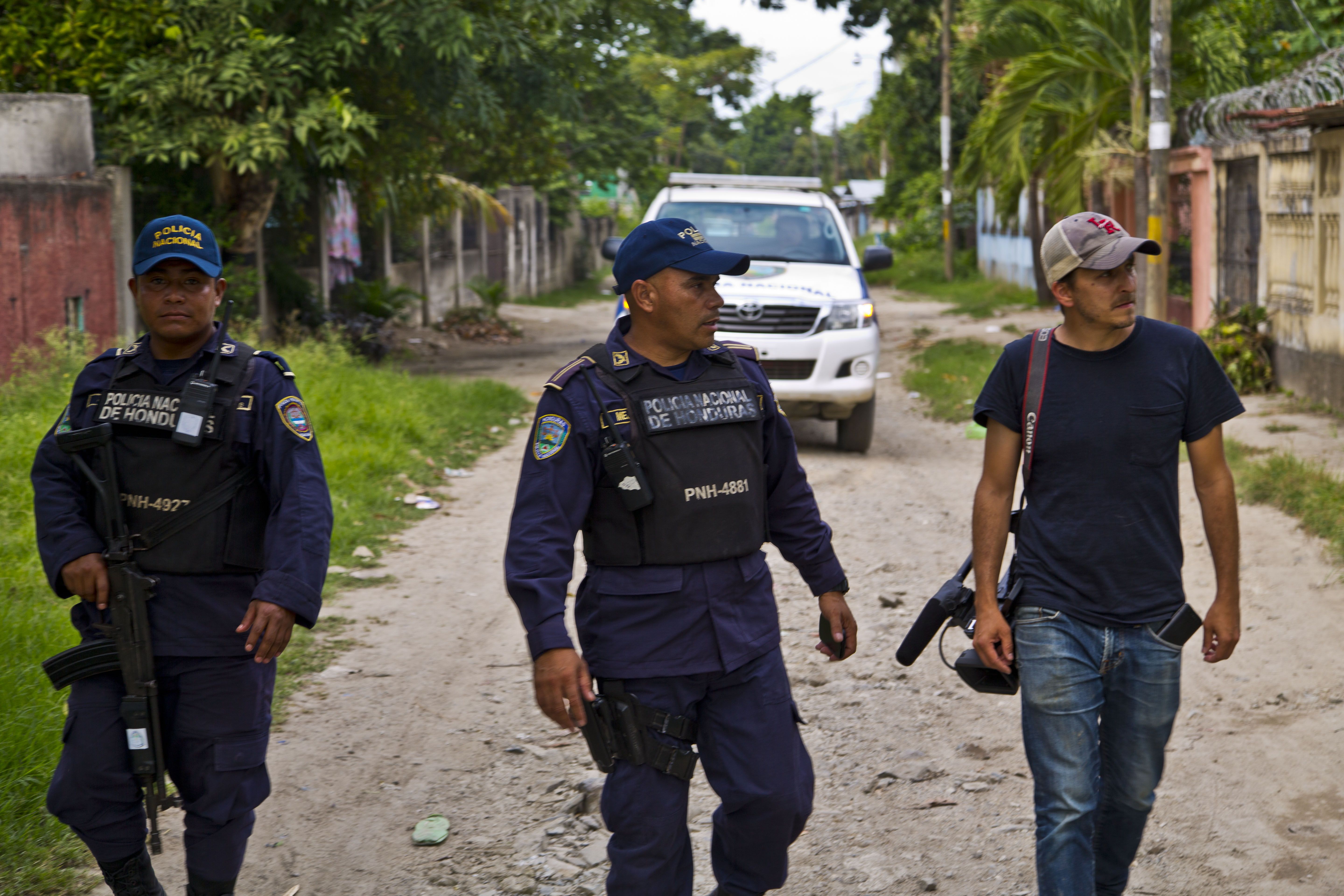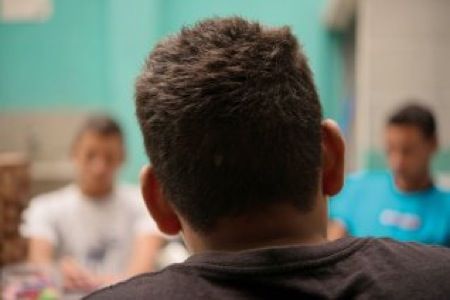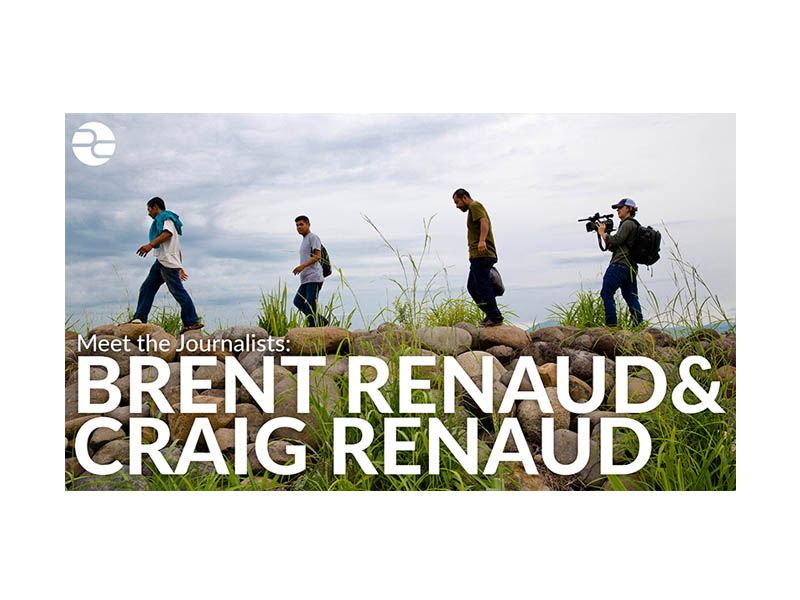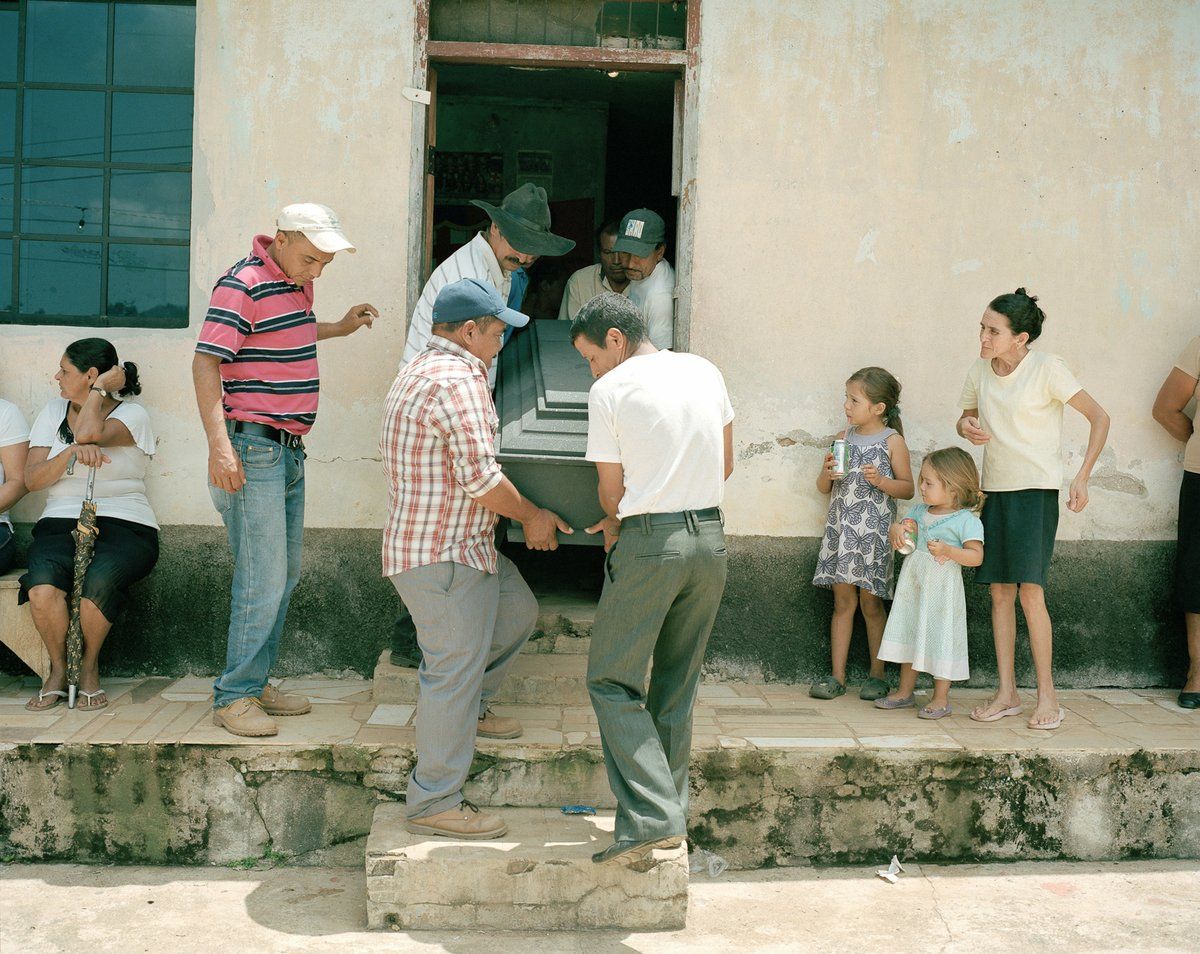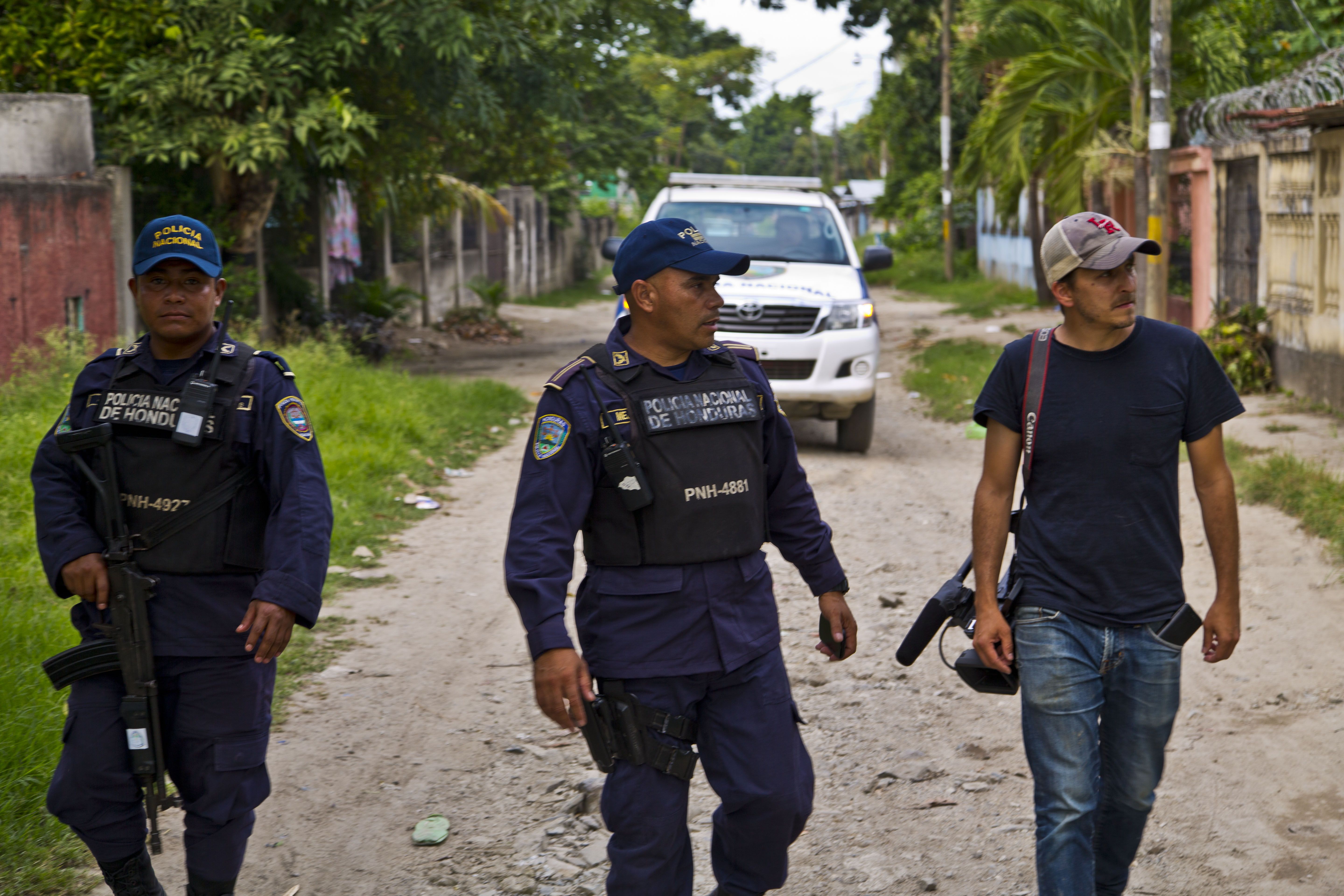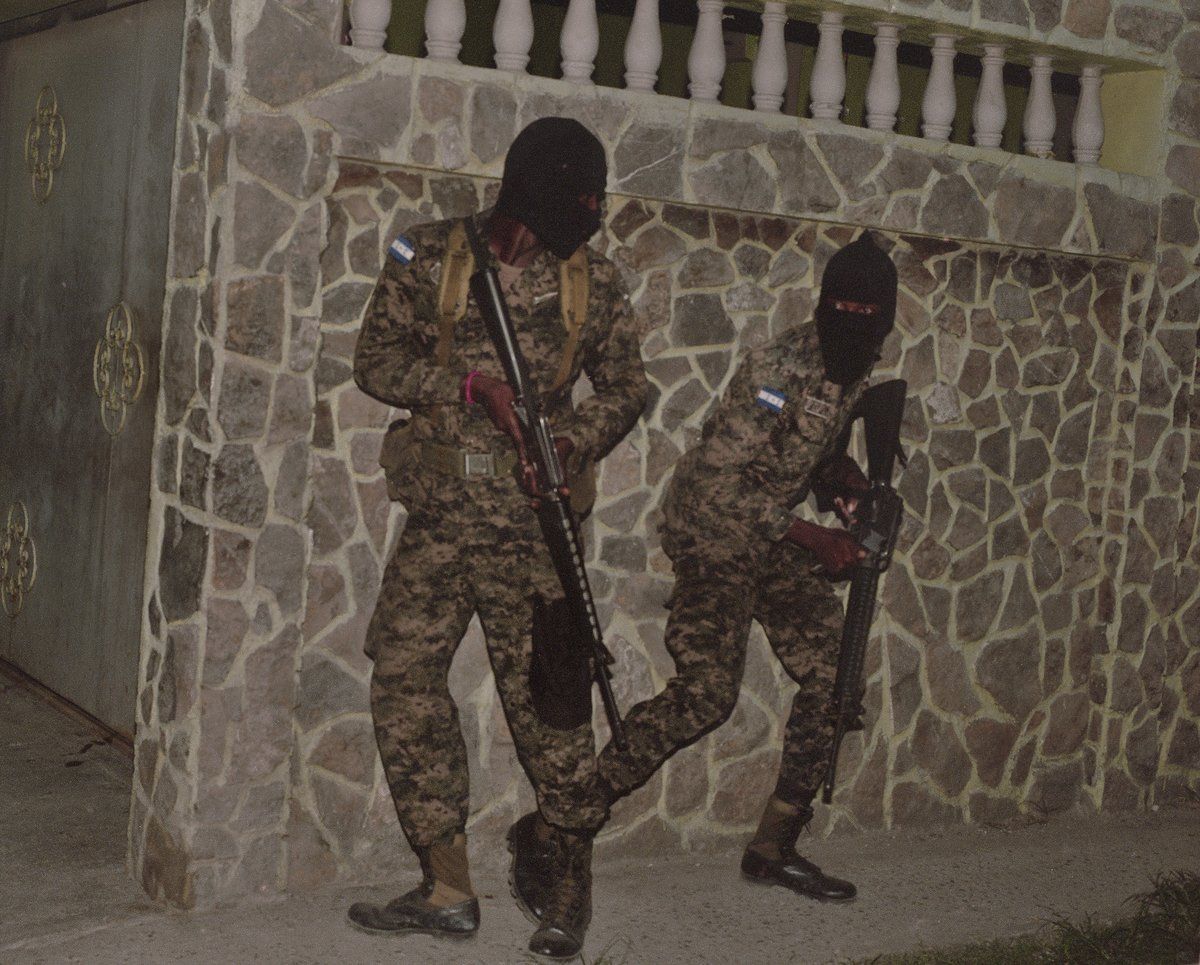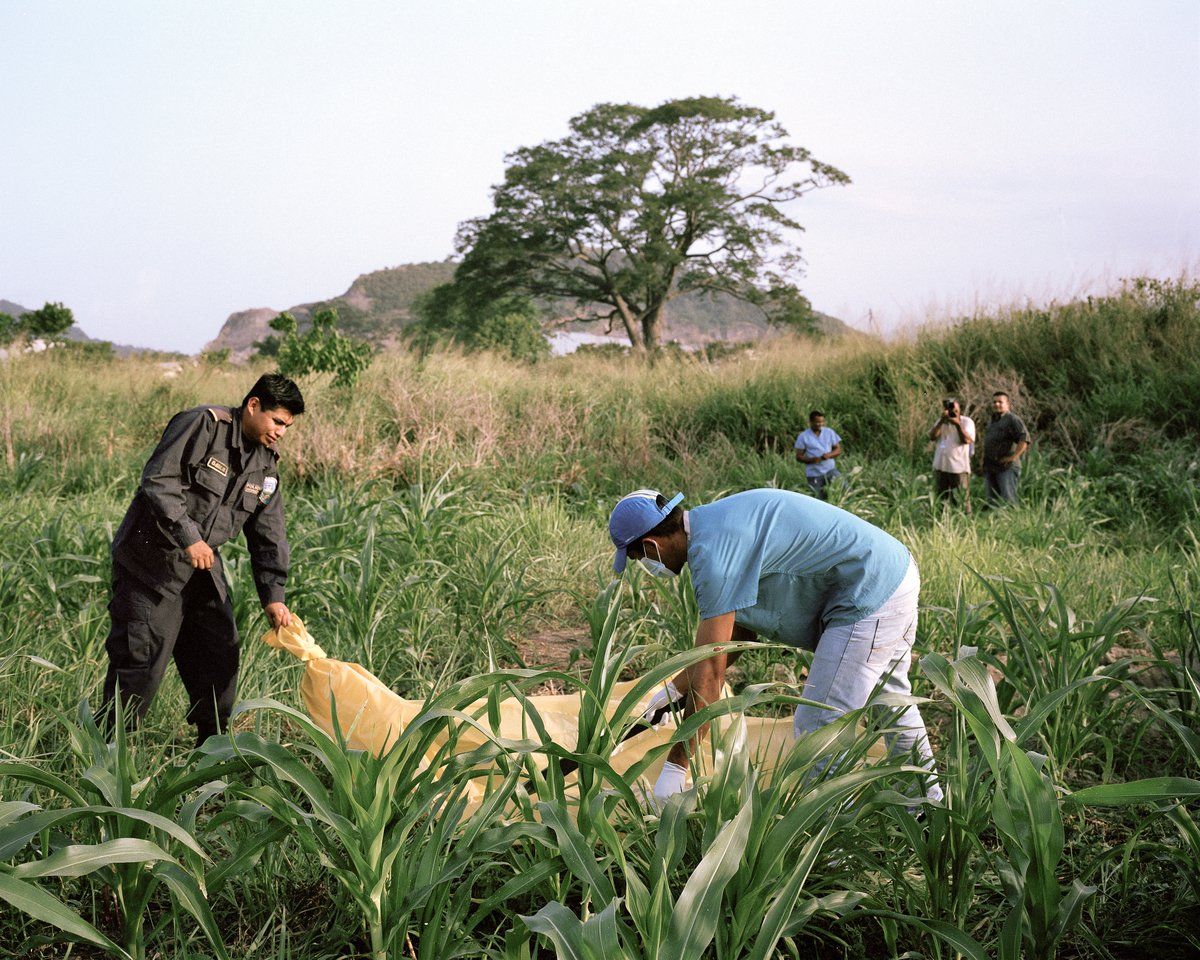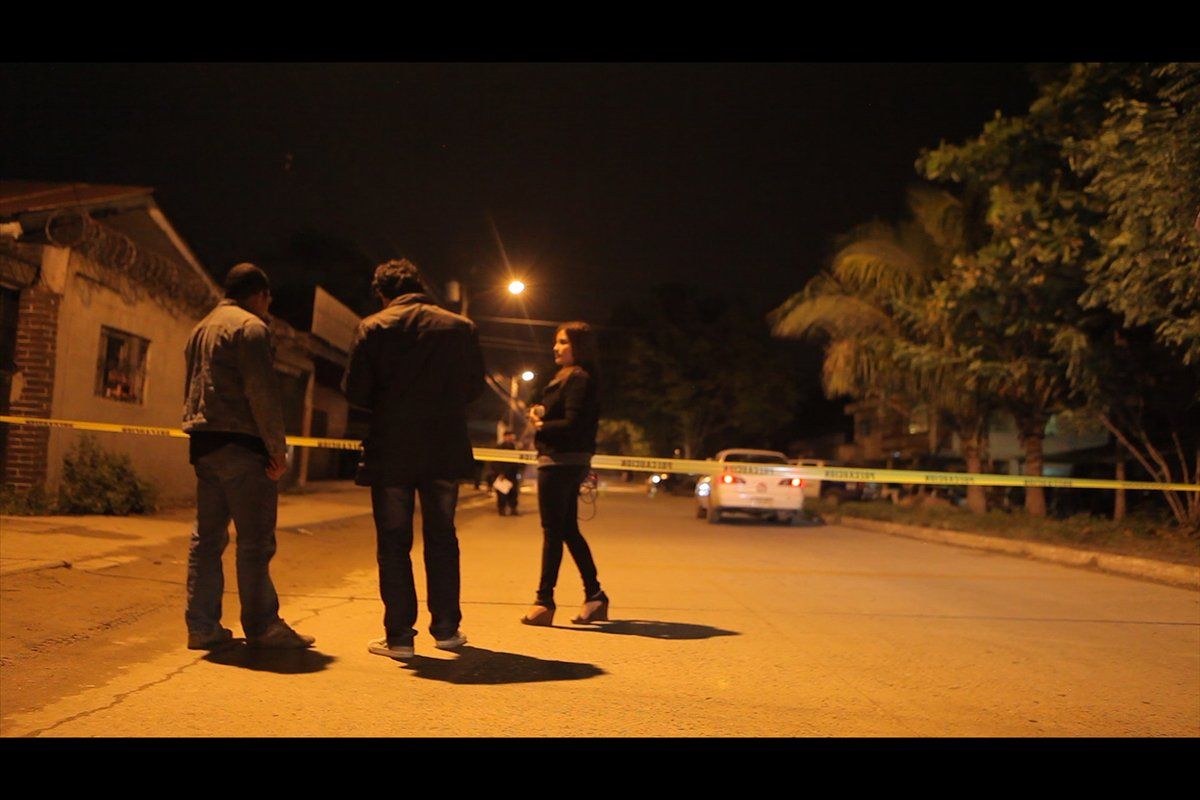Introducing the Lesson:
1. On a sheet of paper or in an app like Google Draw, use words and pictures to create a visual representation of your understanding of immigration and what it means to you.
2. In Google Earth or Google Maps drop pins or create placemarks of where the families of students in the class came from.
3. Watch the video clip “Unless you’re Native American, you came from somewhere else” from President Obama. Discuss as a class:
- Why do you think the topic of immigration inflames the passions of so many American citizens?
- Why is it important for Americans to remember our history?
- What do you think creates an “us vs. them” mentality among some American citizens?
- What are some reasons President Obama mentions that caused large numbers of people to immigrate to the United States?
- Explain President Obama’s quote: “before they were us, they were them”.
- Why do newcomers to America face resistance from those that are already here?
- Over time, how do immigrants do their part to build this nation?
- Do you agree that “anyone from anywhere can write the next great chapter of our story?” Why or why not?
4. Share a few class stories highlighting when and why families immigrated from other countries.
5. Read the poem by Walt Whitman. Discuss the message with a partner.
6. Explore immigration using resources from the Library of Congress.
- On the left-hand side of the page use the buttons to explore immigration histories of different groups of people from different countries.
- Read the historical timeline of immigration.
- Discuss with a partner three or more things you learned and why they are important.
Section 1:
Investigate the World: Investigate the world beyond your immediate environment
1. Read three or more interviews with Today’s Immigrants from Central America, written by students. For each interview, answer:
- What motivated the person (or the family) to come to the United States?
- How did they get here?
- What else is important to the story?
- Do you have any personal connections to their story?
- What commonalities did you notice in the interviews you read?
2. Independently or with a partner read the article and infographics from Children at the Border from the New York Times. Then answer the following:
- What information surprised you?
- How do the graphs and infographics add to your understanding of the content?
3. What do you want to learn more about? Use the Internet to research and find answers to your inquiries.
4. onsider these concepts and look up more information on them if needed: compassion, fear, loyalty, courage, hope. For each word work with a partner to do the following:
- Write a definition or meaning of the concept.
- Describe examples from the interviews you read.
- Give examples of the concept in your own life.
5. Look up the definition of refugee. What is the difference between immigrants and refugees?
6. Read the following information, looking up any unknown words or concepts, and then summarize and discuss as a class:
"In 2014, a record 90,000 unaccompanied minors made the treacherous journey from Central America to the United States. Far beyond an immigration story, this is a refugee crisis. No longer are people simply fleeing poverty and lack of opportunity, now they are fleeing for their lives. In “Why They Flee,” a collaboration with the New York Times, our story begins in San Pedro Sula, the second largest city in Honduras, and the current murder capital of the World. This is where most of the kids are coming from. Largely controlled by drug cartels, the citizens of San Pedro Sula are forced to pay the gangs daily “war taxes” — essentially a cut of their wages, or remittances from family in the United States. Young people fleeing Honduras say that you pay the ‘war tax’, you join the gang, or you most likely die. It is not surprising that hundreds of young people attempt to flee this chaos every day, embarking on a long and dangerous journey that we trace across three countries and thousands of miles. If they are lucky and make it to the United States, most of the kids will turn themselves into border patrol and seek Asylum in the US."
7. Watch the video Between Borders: American Migrant Crisis (NOTE: At 6:50, when the reporters introduce the reporter Carlos Posadas, there follow some scenes that may be inappropriate for your students).
During the video:
- Have a few student notetakers collaborating on a shared document to record important information.
- Remaining students should choose a concept to look for evidence of during the video: compassion, loyalty, fear, courage, hope.
After the video:
- Students discuss general reactions in pairs.
- Share reactions in whole group discussions.
- Fact-finders share out and all students add to general notes.
- Share evidence of each of the concepts: compassion, loyalty, fear, courage and other students add additional ideas to those notes.
- Students free-write for ten minutes on thoughts, feelings, and new learning from the video.
8. Explore the issues further by choosing from the following articles:
- Dispatch from Honduras: What Life is Like in the Murder Capital of the World by Jeremy Relph
- Central America: The Other Side of the Border by Philip Brasher
- Child Immigration Crisis in Pictures and Captions from CBS News
Once your article is selected:
- Read the article.
- Get in article specific groups to discuss the reading.
- Write a summary of the article and be ready to share what you learned.
9. Jigsaw into groups of three with one student per article.
10. Each student takes turn sharing information.
Section 2:
Recognize Perspectives: Recognize your own and others’ perspectives
1. Pick one of the following articles to learn and share.
- Children of Immigrants Study More
- Do the Children of Illegal Immigrants Have the Right to a Public Education?
- Honduran President: Minors alone and detained in the U.S. should return home
- Central American Immigrant Parents Agonize When Child Crosses Border Alone
- Extension- Exodus: Refugees in Europe
2. For each article complete the following tasks:
- What are the most important pieces of information from the article?
- What are two different perspectives from the article?
- Which perspective do you most agree with and why?
- What reasons might people holding the other perspective have for their opinion?
3. In groups of five, one person for each of the five articles, take turns sharing information. Discuss the perspectives of everyone in the group. Rotate until all five articles have been discussed.
Section 3:
Communicate Ideas: Communicate your ideas effectively with diverse audiences
1. In pairs, read relevant parts of A Guide to Children Arriving at the Border: Laws, Policies, and Responses by the American Immigration Council.
2. Read the Proposed Solutions section very carefully. Decide on the proposed solution you think will have the most impact or that you feel most passionate about.
3. Write a letter to your state senators stating the problem, why it is important, and the solution you support. Send the letter or communicate via email.
Section 4:
Take Additional Action: Translate your ideas into appropriate actions to improve conditions
Choose one of the following options and take action to improve conditions.
Option 1. Build your own action: Research, create, and implement an action plan to help child migrants.
Option 2. What joins us together message: Locate class family immigration locations on Google Maps or Google Earth that was created at the beginning of these lessons.
- Consider the quote from famous cellist and founder of the Silk Road Project, Yo Yo Ma, “I have always been more curious as to what joins people together rather than what separates them.”
- For about 30 minutes with a small notebook, classmates interview one another on where their family immigrated from and what commonalities they now have with each other. Continue to meet with as many classmates as possible until the time is up.
- As a class decide on the common themes brought up in the interviews.
- Create a message to share via blog posts, video, or podcast.
- Share the final product on social media.
Option 3. Newcomer centers: Schools are often a safe haven for many immigrant children. Some school districts have newcomer centers to help families moving from other places and helping children get acclimated. Does your school district have one? If yes, how can your class help out? Do they have the supplies and information they need? If no, who can your class speak to in order to propose the idea?
Option 4. School-wide student ethnicity pins and school website message:
- Create a message of valuing diversity for your school website.
- Using Google Maps or Google Earth, create directions for each class to pin the location of their family background.
- Add message and pins to the school website.
CCSS.ELA-LITERACY.RH.9-12.2
Determine the central ideas or information of a primary or secondary source; provide an accurate summary that makes clear the relationships among the key details and ideas.
CCSS.ELA-LITERACY.RH.9-12.4
Determine the meaning of words and phrases as they are used in a text, including vocabulary describing political, social, or economic aspects of history/social science.
CCSS.ELA-LITERACY.RH.9-12.7
Integrate and evaluate multiple sources of information presented in diverse formats and media visual (e.g., visually, quantitatively, as well as in words) in order to address a question or solve a problem.
CCSS.ELA-LITERACY.W.9-12
Write arguments to support claims in an analysis of substantive topics or text, choosing valid reasoning and relevant and sufficient evidence.
SS.CV.3.9-12
Analyze the impact of constitutions, laws, and agreements on the maintenance of order, justice, equality, and liberty.
SS.CV.9.9-12
Evaluate public policies in terms of intended and unintended outcomes and related consequences.
IL.SELS.2B.4B
Demonstrate respect for different social and cultural groups.
